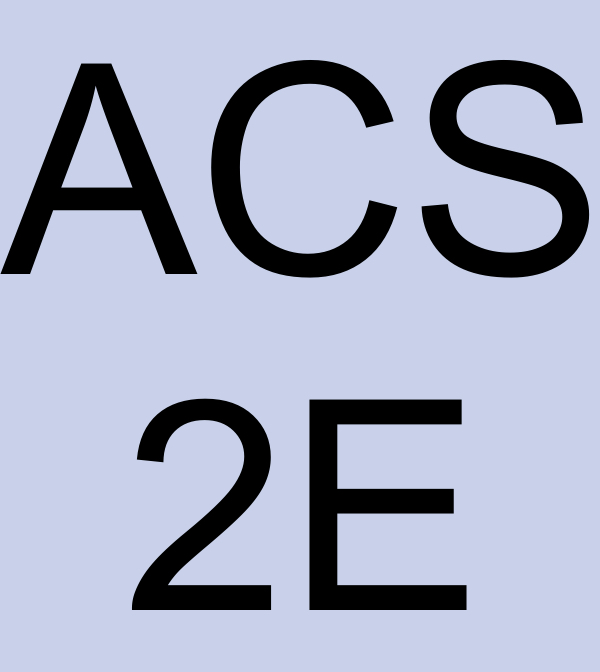Activity 5.1.2.
Suppose that the function \(y = f(x)\) is given by the graph shown in Figure 5.1.2, and that the pieces of \(f\) are either portions of lines or portions of circles. In addition, let \(F\) be an antiderivative of \(f\) and say that \(F(0) = -1\text{.}\) Finally, assume that for \(x \le 0\) and \(x \ge 7\text{,}\) \(f(x) = 0\text{.}\)

At left, the graph of \(y = f(x)\text{.}\)
(a)
(b)
On what interval(s) is \(F\) concave up? concave down? neither?
(c)
At what point(s) does \(F\) have a relative minimum? a relative maximum?
(d)
Use the given information to determine the exact value of \(F(x)\) for \(x = 1, 2, \ldots, 7\text{.}\) In addition, what are the values of \(F(-1)\) and \(F(8)\text{?}\)
(e)
Based on your responses to all of the preceding questions, sketch a complete and accurate graph of \(y = F(x)\) on the axes provided, being sure to indicate the behavior of \(F\) for \(x \lt 0\) and \(x \gt 7\text{.}\) Clearly indicate the scale on the vertical and horizontal axes of your graph.
(f)
Suppose we change one key piece of information: in particular, say that \(G\) is an antiderivative of \(f\) and \(G(0) = 0\text{.}\) How (if at all) would your answers to the preceding questions change? Sketch a graph of \(G\) on the same axes as the graph of \(F\) you constructed in (e).

